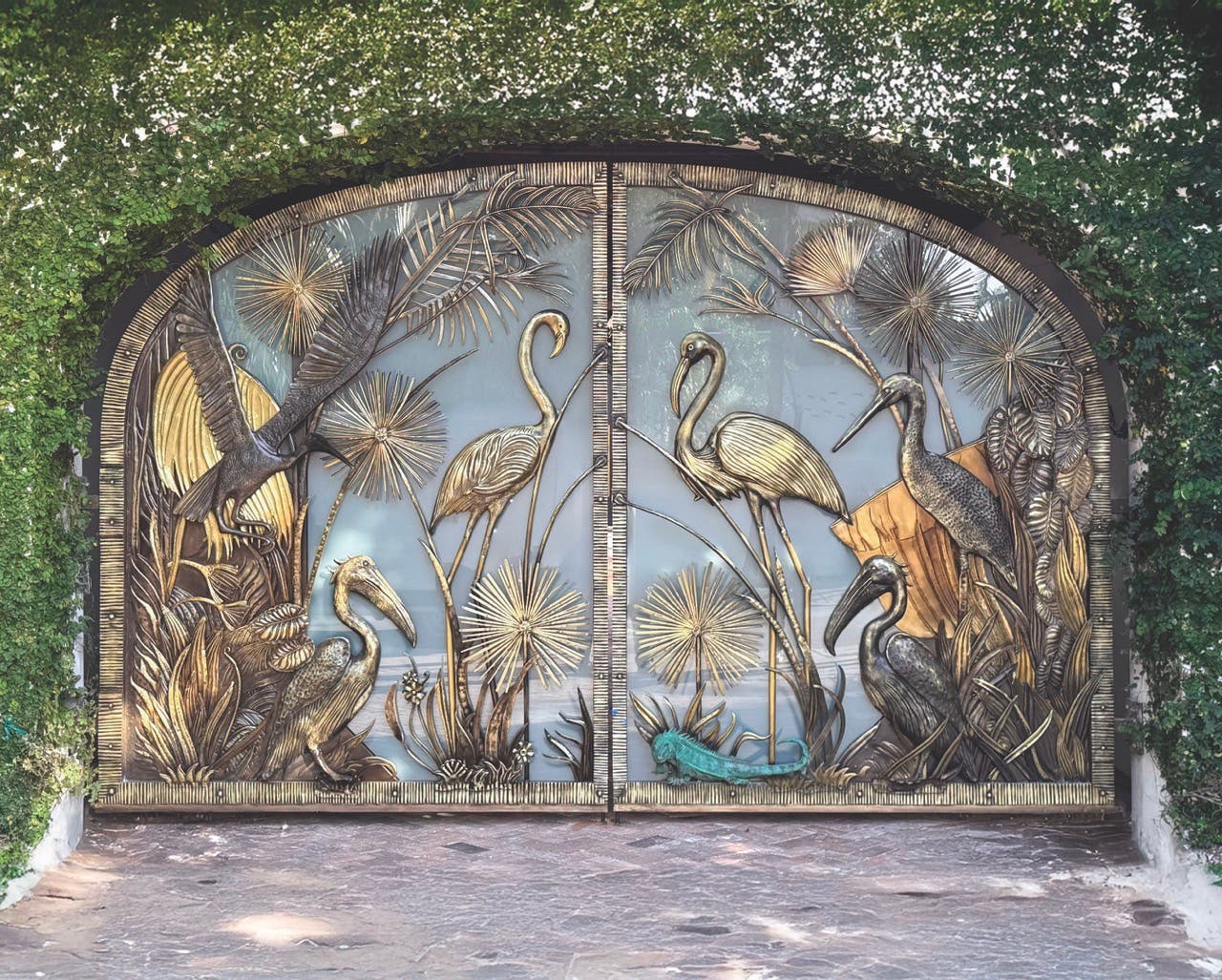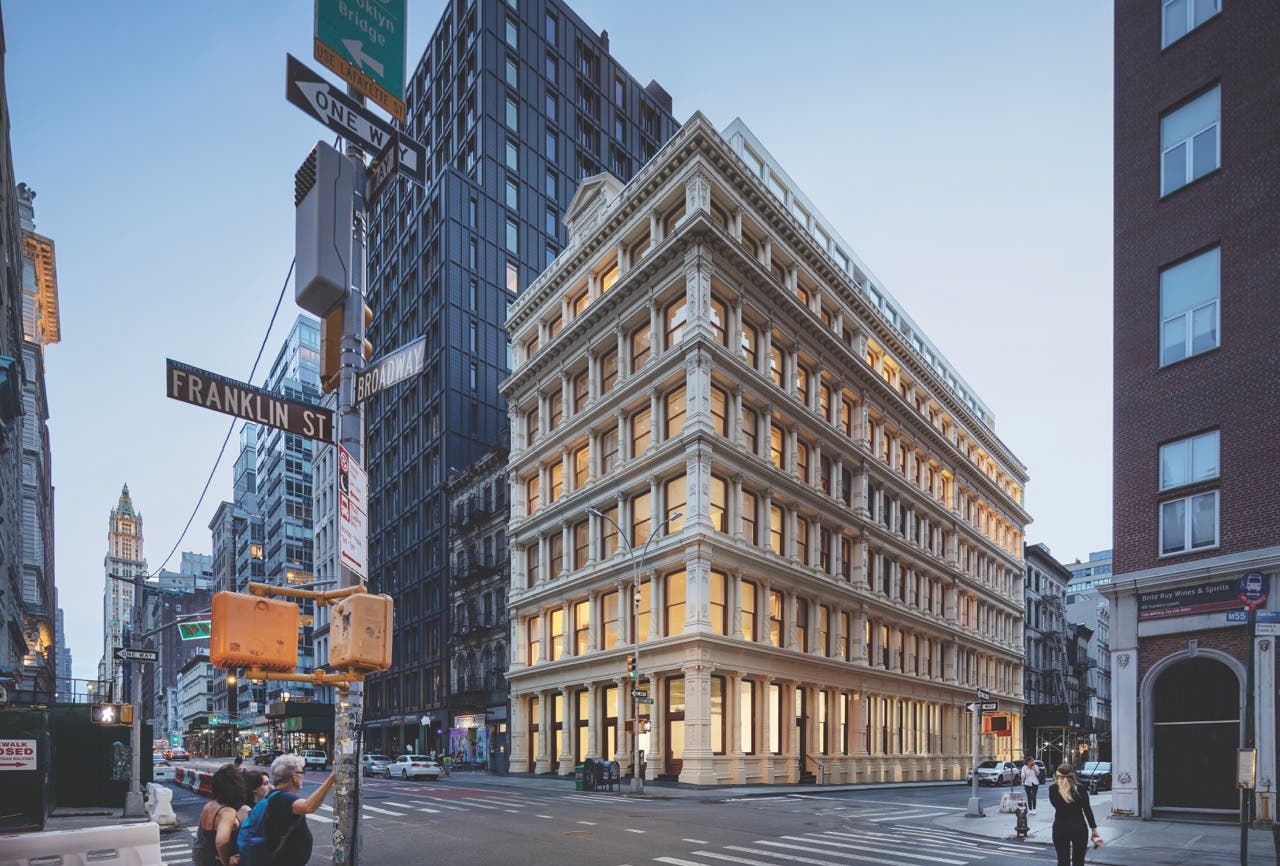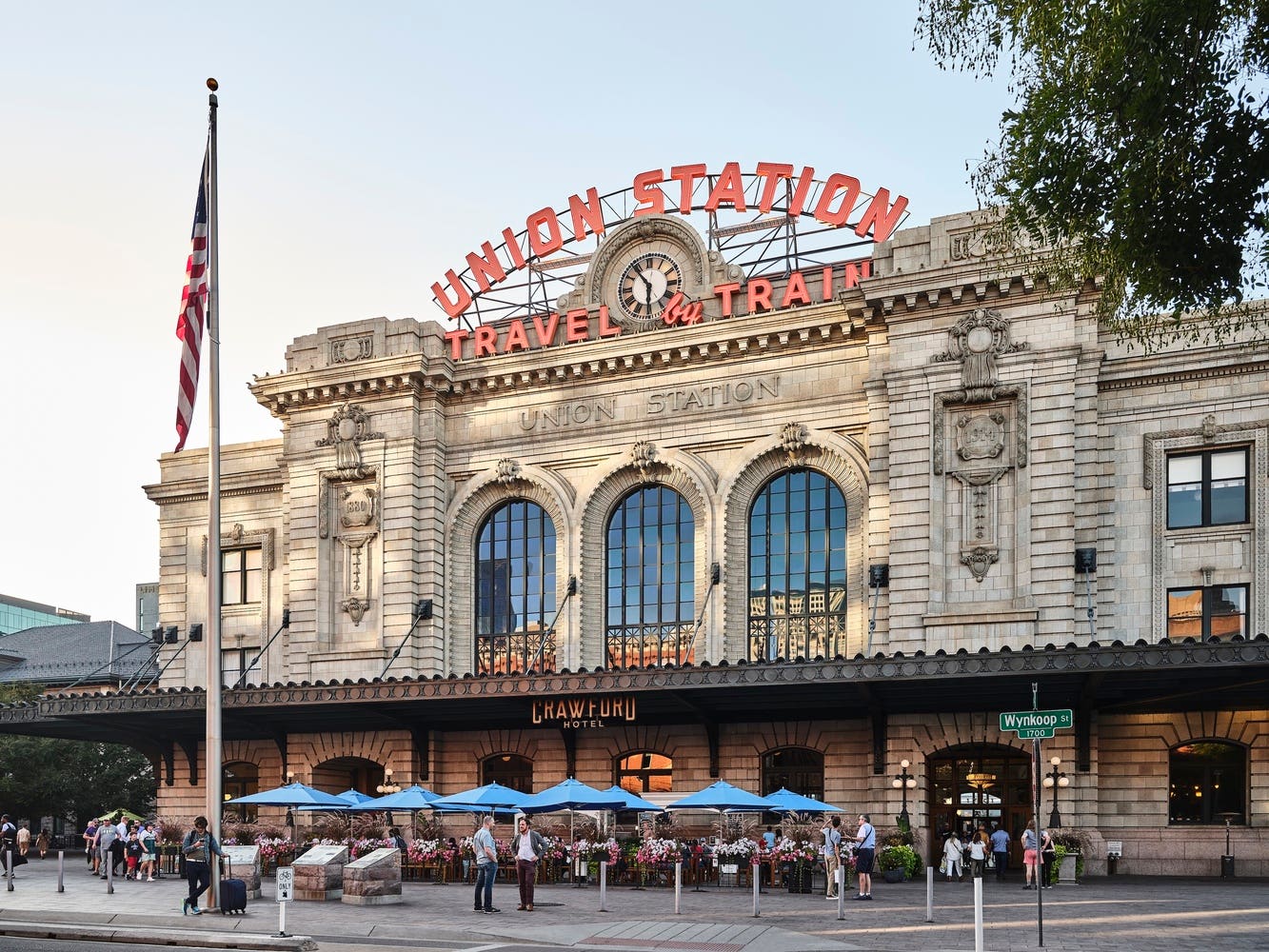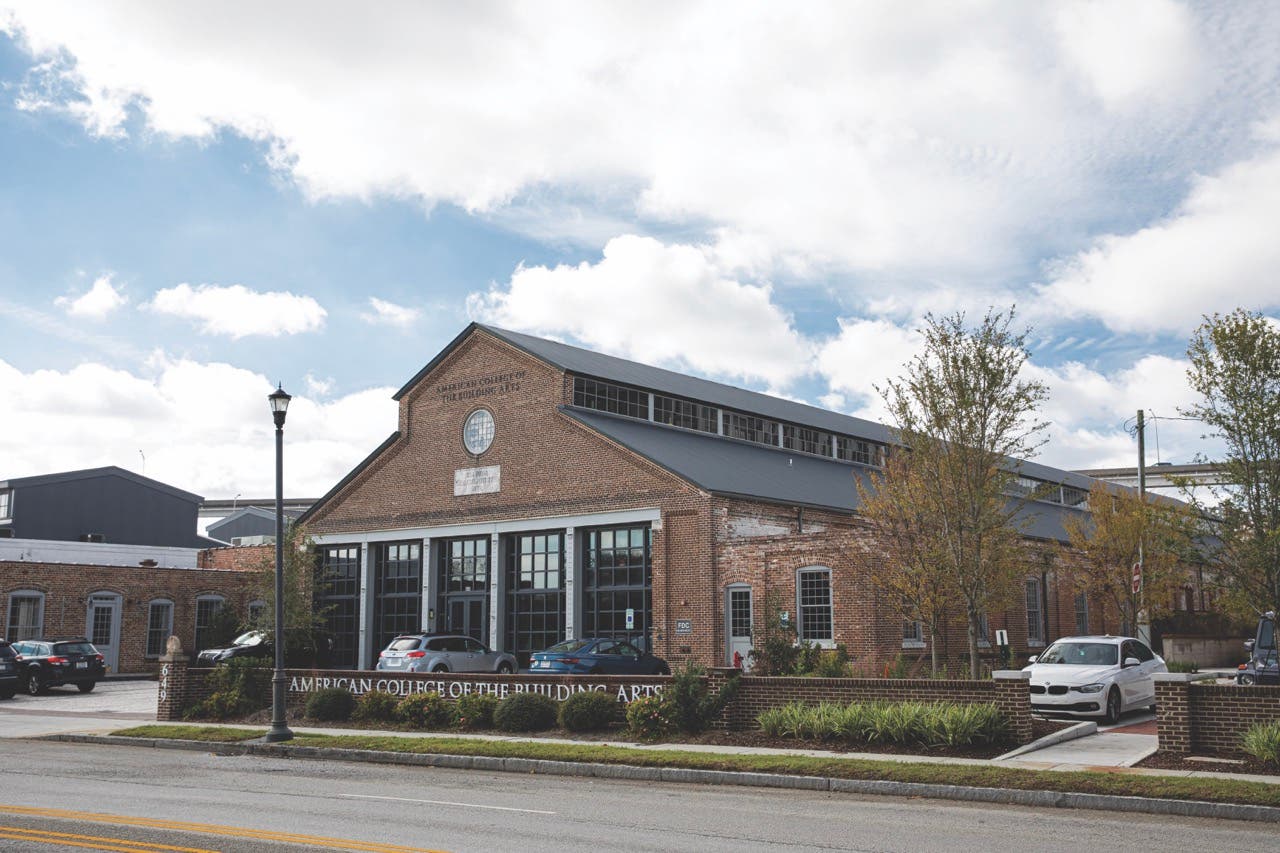
Features
Charleston’s American College of the Building Arts: Reviving Traditional Trades for the Modern Era
Each day around 7:30 a.m., when Christina Butler strolls into the American College of the Building Arts in Charleston, South Carolina, the school built within the Old Trolley Barn is already humming with energy. Students sketch ideas and chat in the lobby and issue the first squeals and rattles of bandsaws and shaping machines, a soundtrack that pulses into the evening. Even its most outsized growth plan still calls for no more than 200 students. “We [on the faculty] know every one of them,” says Butler, professor of historic preservation and dean of faculty, “and they know all of us.”
For more than 20 years, the American College of the Building Arts (ACBA) has sought to fill a critical void in traditional trades with a kind of training scarcely available anywhere else. By marrying instruction in half a dozen traditional trades—architectural carpentry, blacksmithing, classical architecture, plaster, architectural stone, and timber framing—with a liberal arts curriculum, the institution seeks to provide students with market-ready skills and a comprehensive education. And while it’s rooted in the past, the ACBA keeps an eye on what’s coming over the horizon.
“We’re trying to preserve the past accurately, but also create beautiful, well-built buildings for the future,” Butler says.
Through America’s postwar era of automation and pre-fabrication, the number of young people in the traditional trades pipeline steadily declined by 1989, when Hurricane Hugo inundated Charleston and decimated its historic buildings. The fact that well-heeled property owners had to pay European artisans to cross the Atlantic and fix the damage highlighted an uncomfortable truth: there were no longer enough homegrown artisans to fix the damage. And nearly 40 years later, the ramifications of that continued lack of traditional tradespeople continue to be felt all over—for instance, following the recent Los Angeles wildfires, who’s going to repair and rebuild the city’s Beaux Arts buildings?
“Whether it’s a horrible disaster or just an aging community, nationally and internationally, everyone is coming to similar crisis moments where you realize we don’t have the trained craftspeople not only to build quality new buildings, but to restore and preserve the existing built environments that make our communities unique,” Butler says.

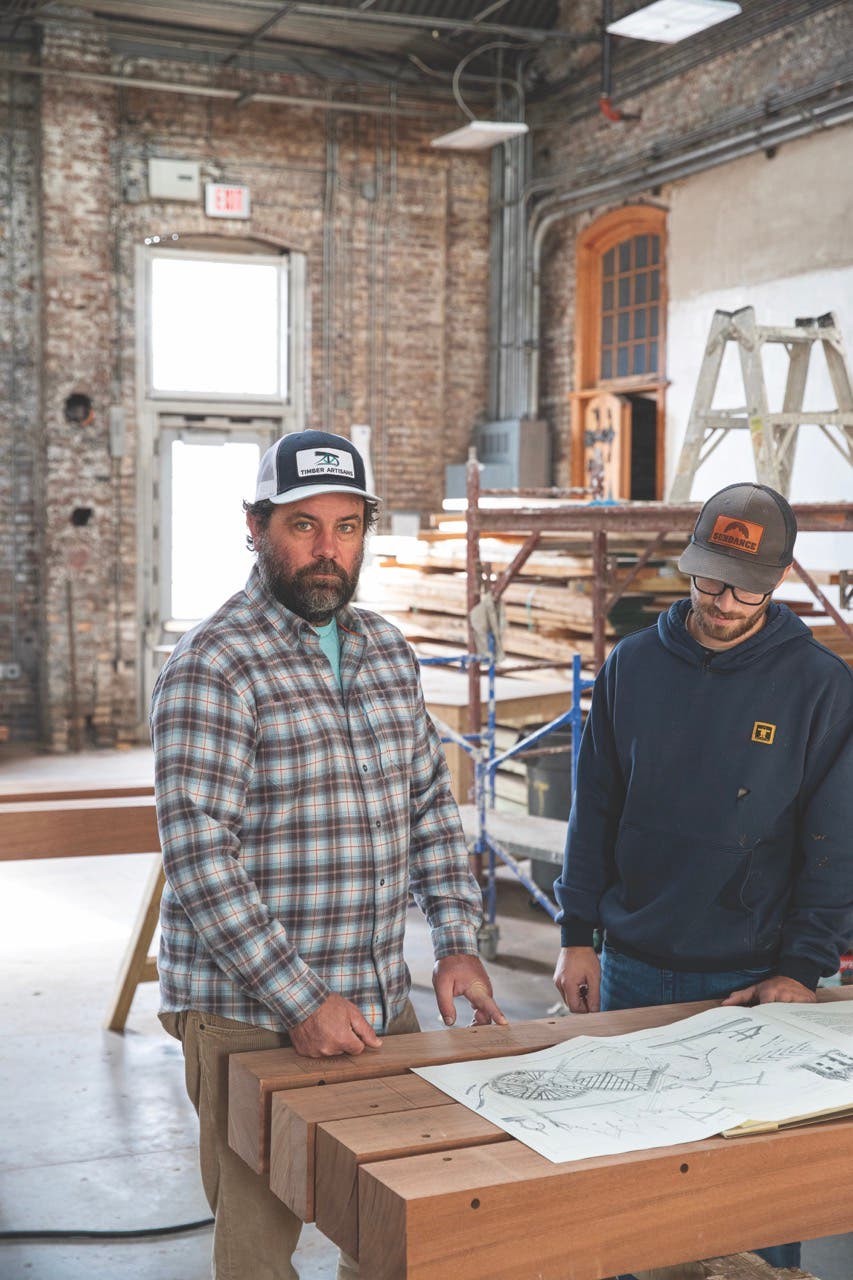
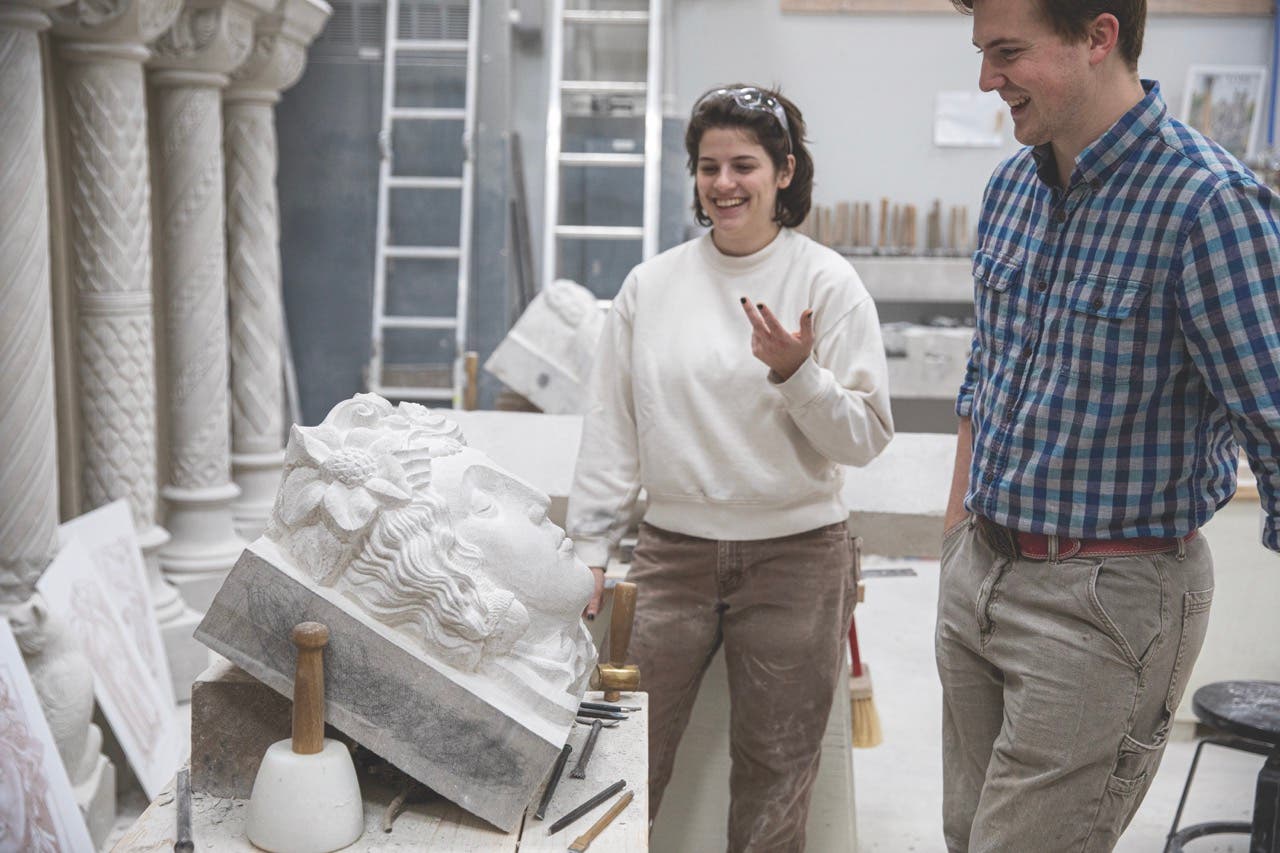
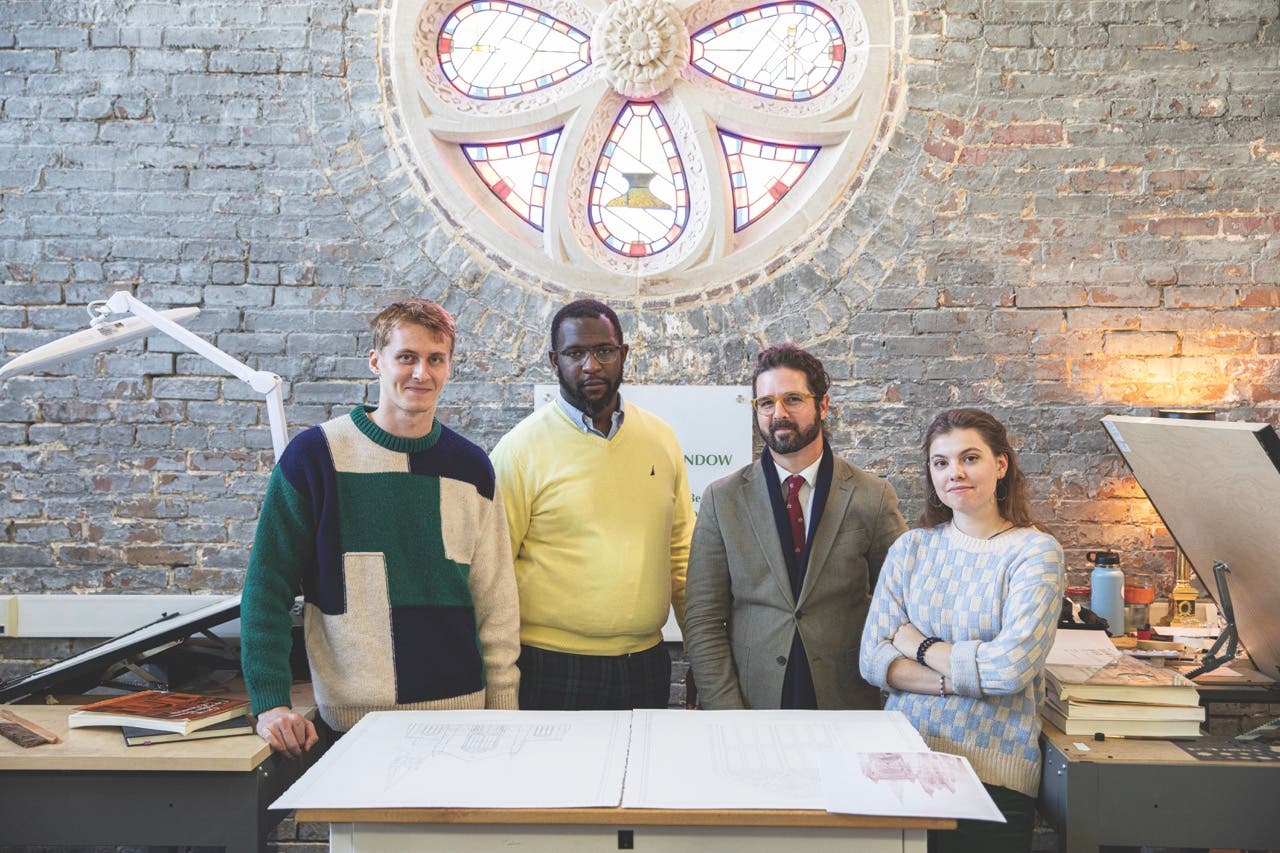
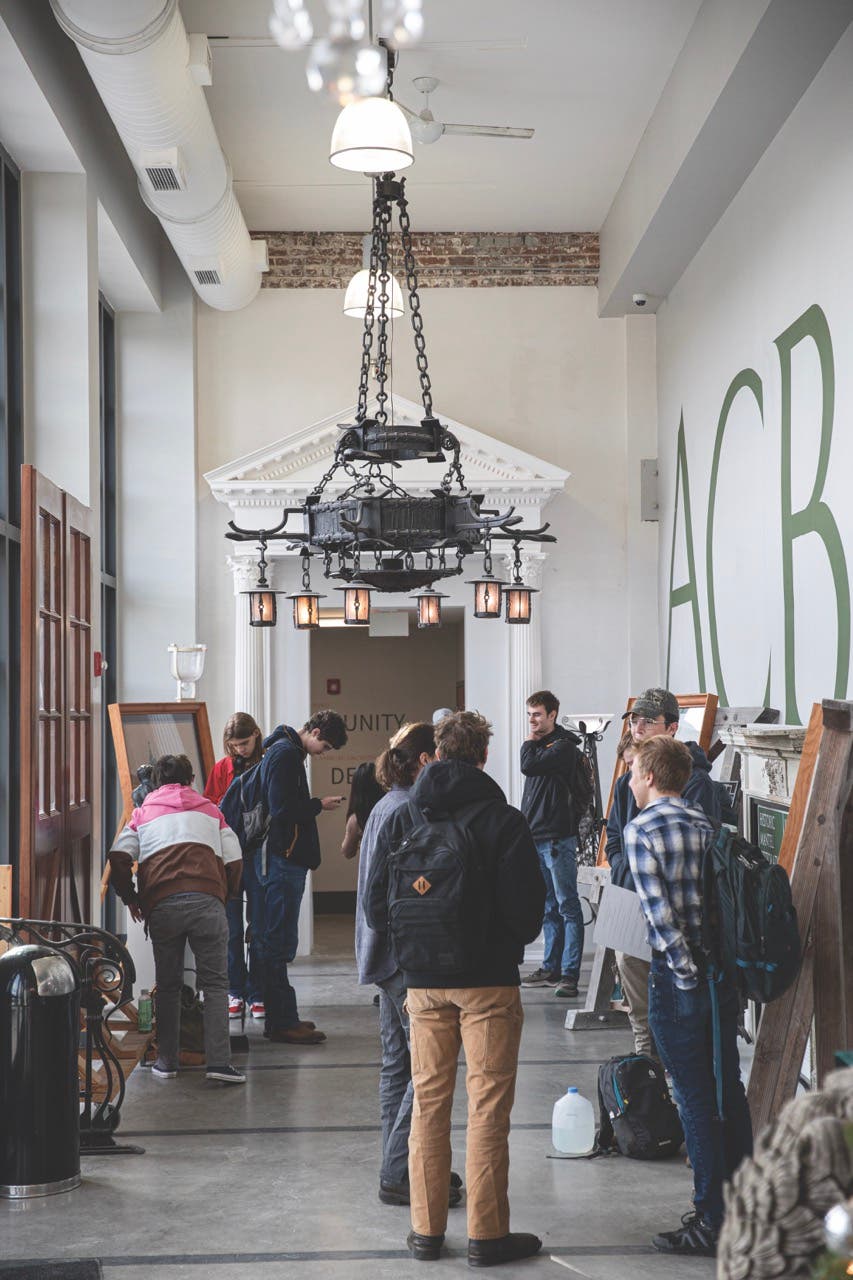
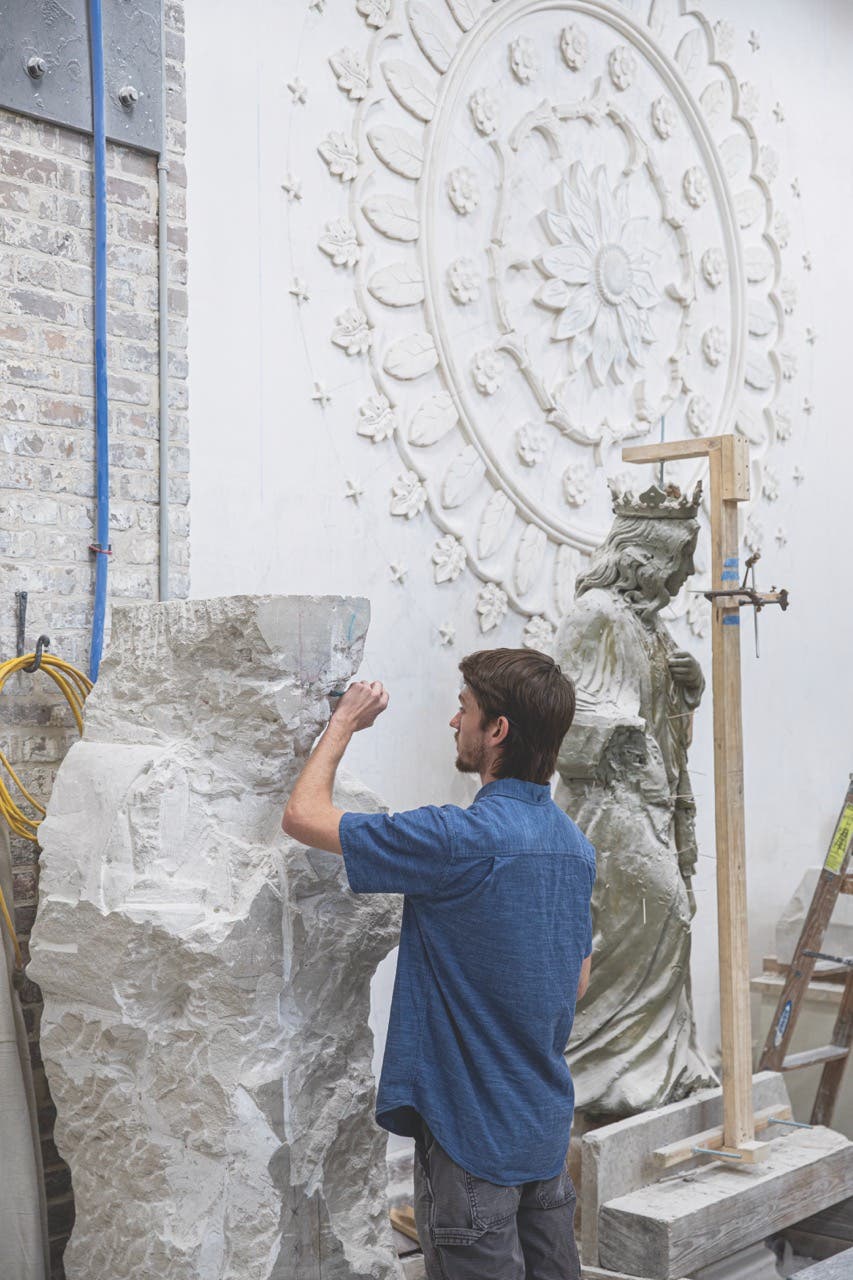
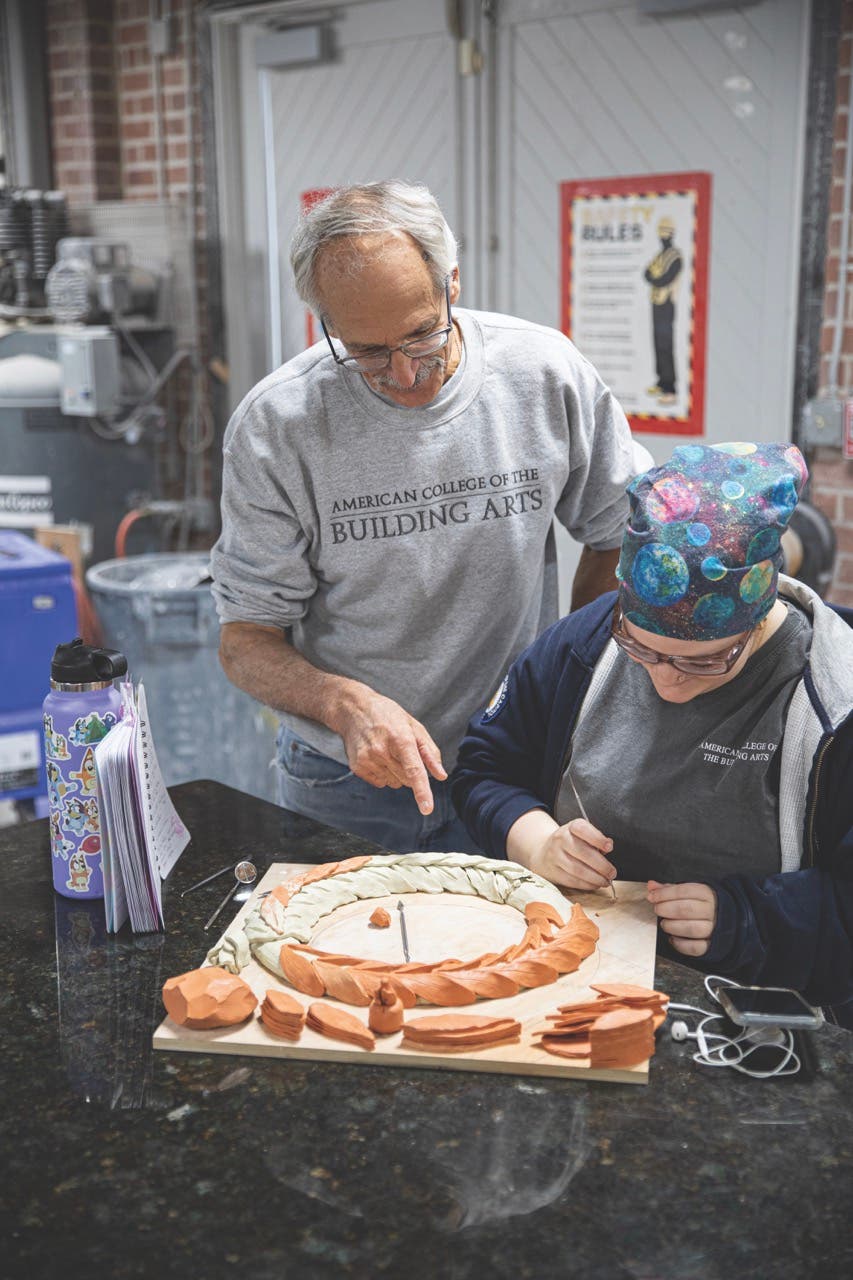
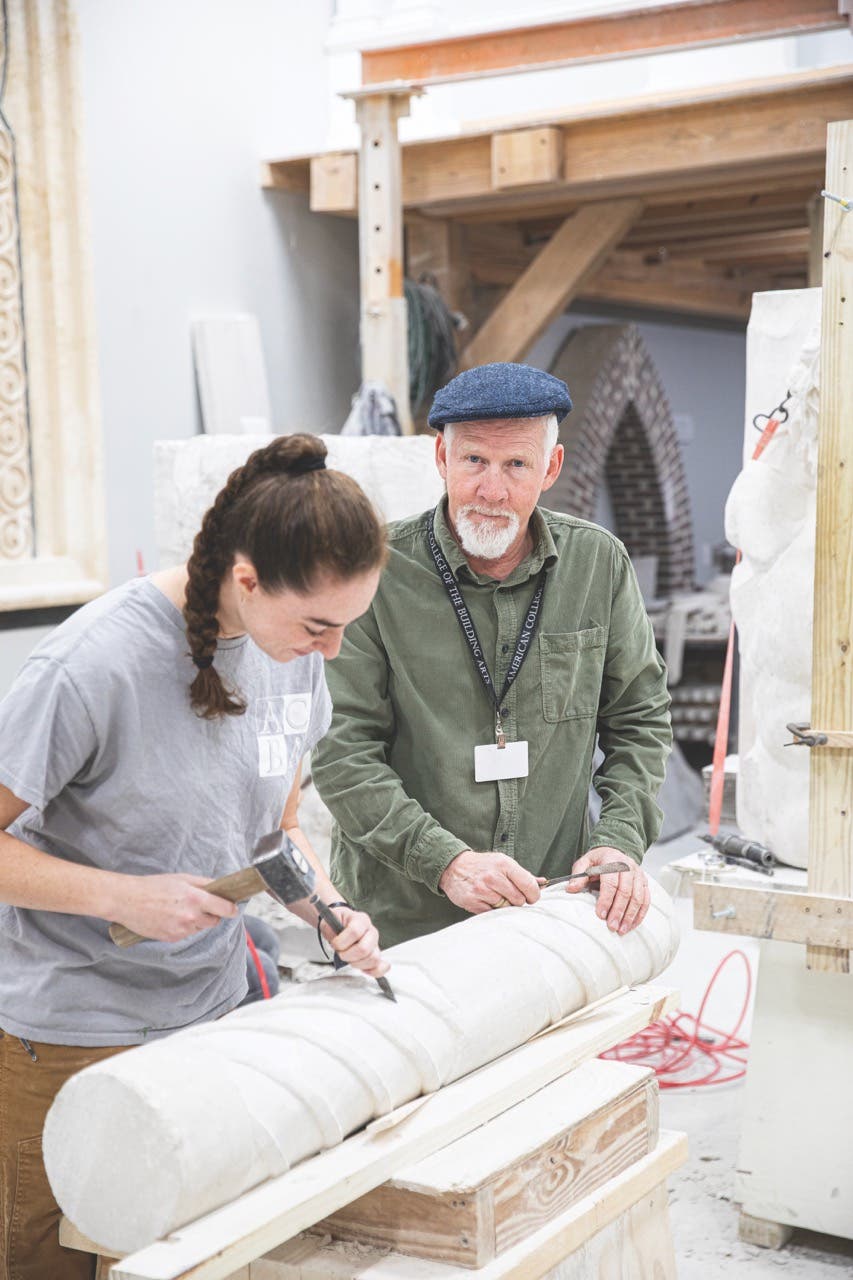
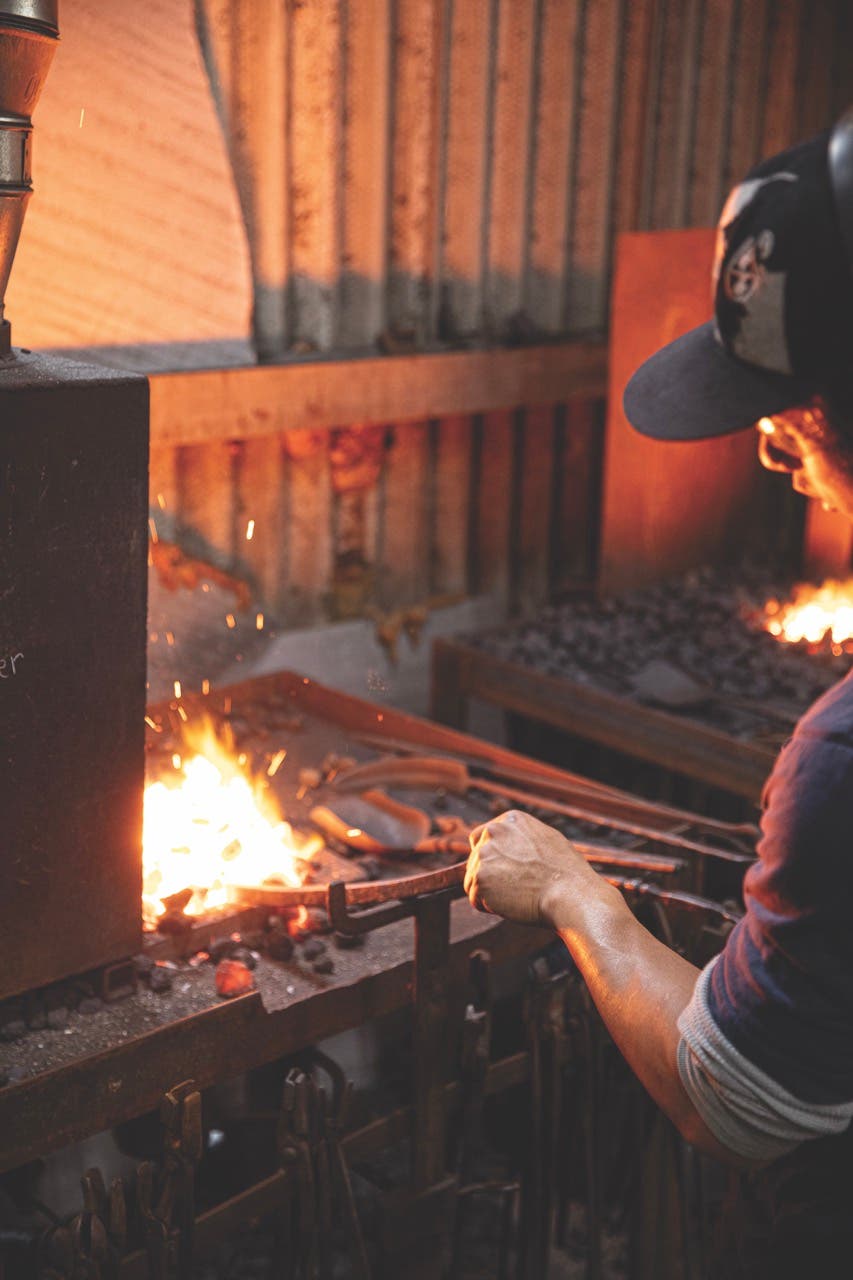
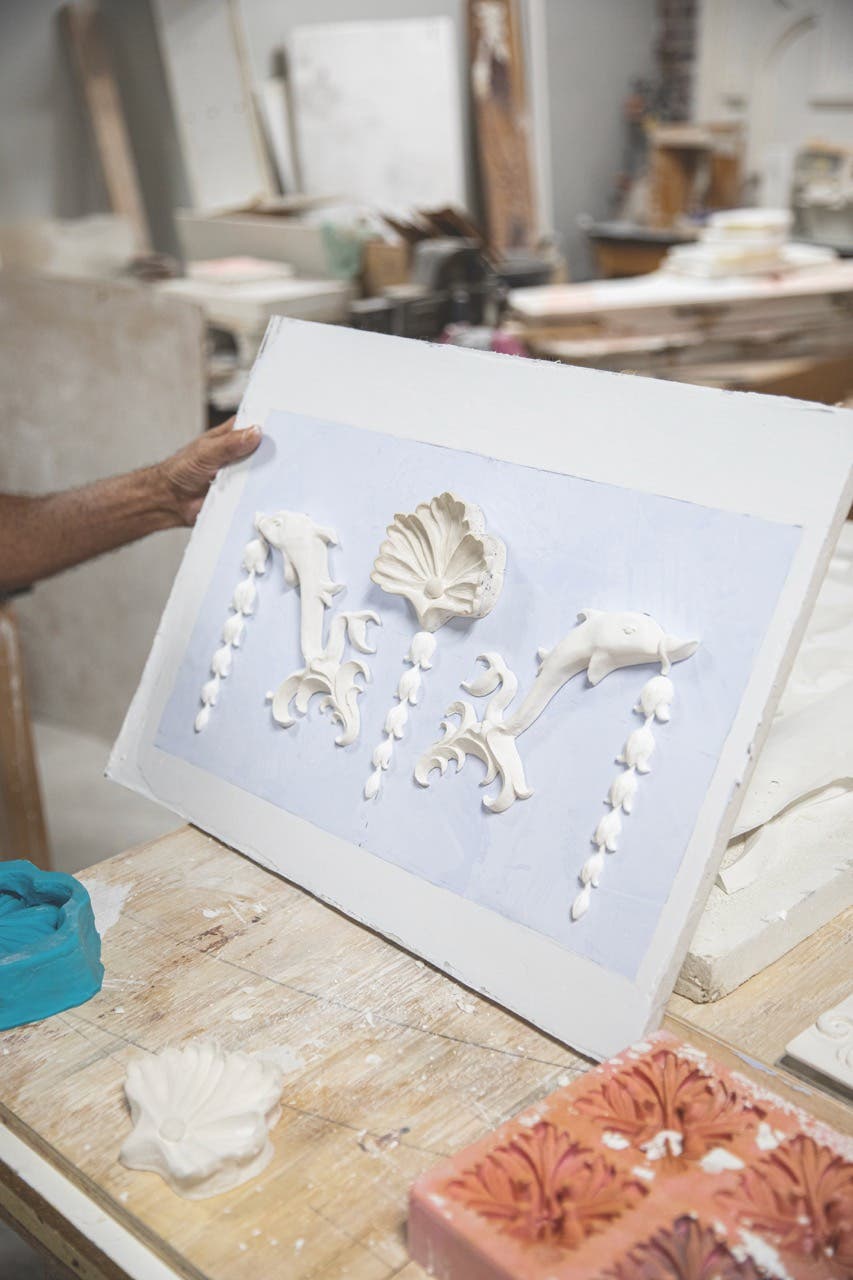
Students come form all walks of life and from every age group. Metal work, decorative plaster, and wood carving are just some of the offerings.
That began to change around the turn of the 21st century, when local founders established what became the ACBA in the 1802 Old District Jail, centering an educational structure that synthesized old-world training in the trades with the liberal arts in an intimate setting. In 2009, ACBA issued its first four-year Bachelor and two-year Associate of Applied Science degrees to students, marking the start of a leap forward for the institution. In the fall of 2016, after ambitious fundraising and a lengthy restoration financed in part by historic tax credits, the school opened its doors at the 1897 trolley barn, a three-story building with a basilica-style interior on Upper Main Street. “As someone who’s lived in Charleston for 20 years,” says Butler, who was an adjunct teaching preservation and architectural history before being hired full-time nine years ago, “it was great to see this cool building that had been falling apart turn back into a place of activity.”
The ACBA’s student body comprises roughly 150 people from all walks of life—some fresh out of high school, some pivoting after a conventional four-year degree, some embarking on a new chapter later in life—and the building reflects a diversity of function. The front of the building—stacked with offices, computer labs, drafting and architecture studios, and a library—flows into classrooms and workshop spaces that rise to the mezzanine level and, in the rear third of the building, a timber framing shop that stretches to the clerestory windows. Each trade has a dedicated workspace, and despite the college’s focus on traditional ways, there are plenty of industrial-sized toys on the premises, from a shaping machine that makes complicated tapers and molding patterns to, as Butler puts it, “the biggest circular saws you’ve ever seen for cutting giant timbers.” (The blacksmithing shop is located a few blocks from the main premises.)
But students gain just as much facility working with hand planes as high-end routers, or working with watercolors as well as CAD software—a critical aspect of developing skills with a traditionalist lens. “Part of our mission is creating journeyman-level skilled students who can do a trade, but they also have a liberal arts general education background,” Butler says, with classes ranging from business and math to English and history. Classes emphasize low student-to-instructor ratios, with the outstanding traditional artisans populating the faculty’s ranks.
Dr. Angela Caban, a decorative finishes professor at ACBA and seasoned decorative artist, describes some of the tactile exercises she and her students embrace in the classroom, from making pounce patterns to hand-mixing tempera from ground pigments and egg yolks. Whether you’re the creator or the observer, in a world of CNC machines and artificial intelligence the products of human hands still resonate. “Everybody wants to make beautiful things, and they like the sense of agency that comes from making things with their own hands,” says Caban. “…It makes you more real in the world, and we’re delving into all that’s come before us through history and crafts. We’re part of a lineage, which is something really beautiful to latch onto.”
Graduates have gone on to work in the preservation trades as well as high-end new construction or launching their own studios. Some alums have moved to work in Europe. Some of the ACBA’s early graduates have returned to teach at the institution. More than the career outcomes, the ACBA speaks to a demographic that’s more prevalent than it seems. Butler had a fine, fruitful education, starting with trade-school training in carpentry before pursuing the undergraduate degree in preservation and community planning that brought her to South Carolina.
That path might look different today, she says. “Had this institution existed, I probably would have just come here.” TB




